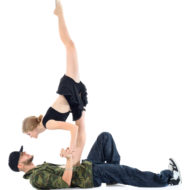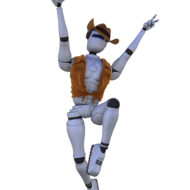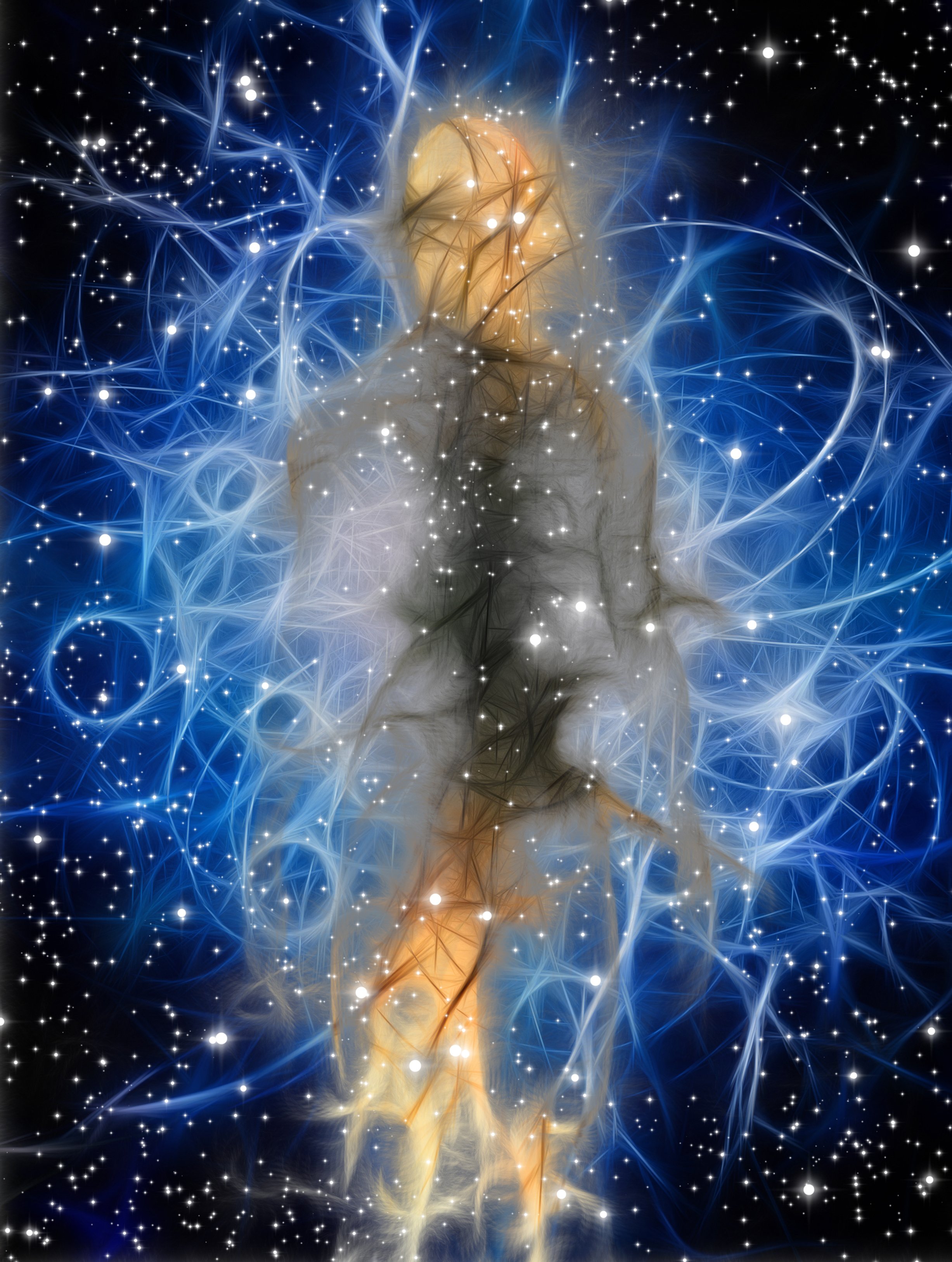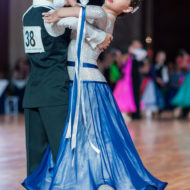
Laban did not choose the term “harmony” in the common sense of something that is euphonious, attractive, or pleasing to the senses. Analogous with music theory, Laban’s notions of harmony incorporate dissonance as well as consonance.
Consequently, for Laban harmonic movement is not necessarily “beautiful movement” according to any kind of social standard. While access to a rich range of movement provides a foundation for movement harmony, Laban affirms that “there are considerations such as individual expressiveness or taste which can influence the personal conception of harmony in movement.”… Read More









